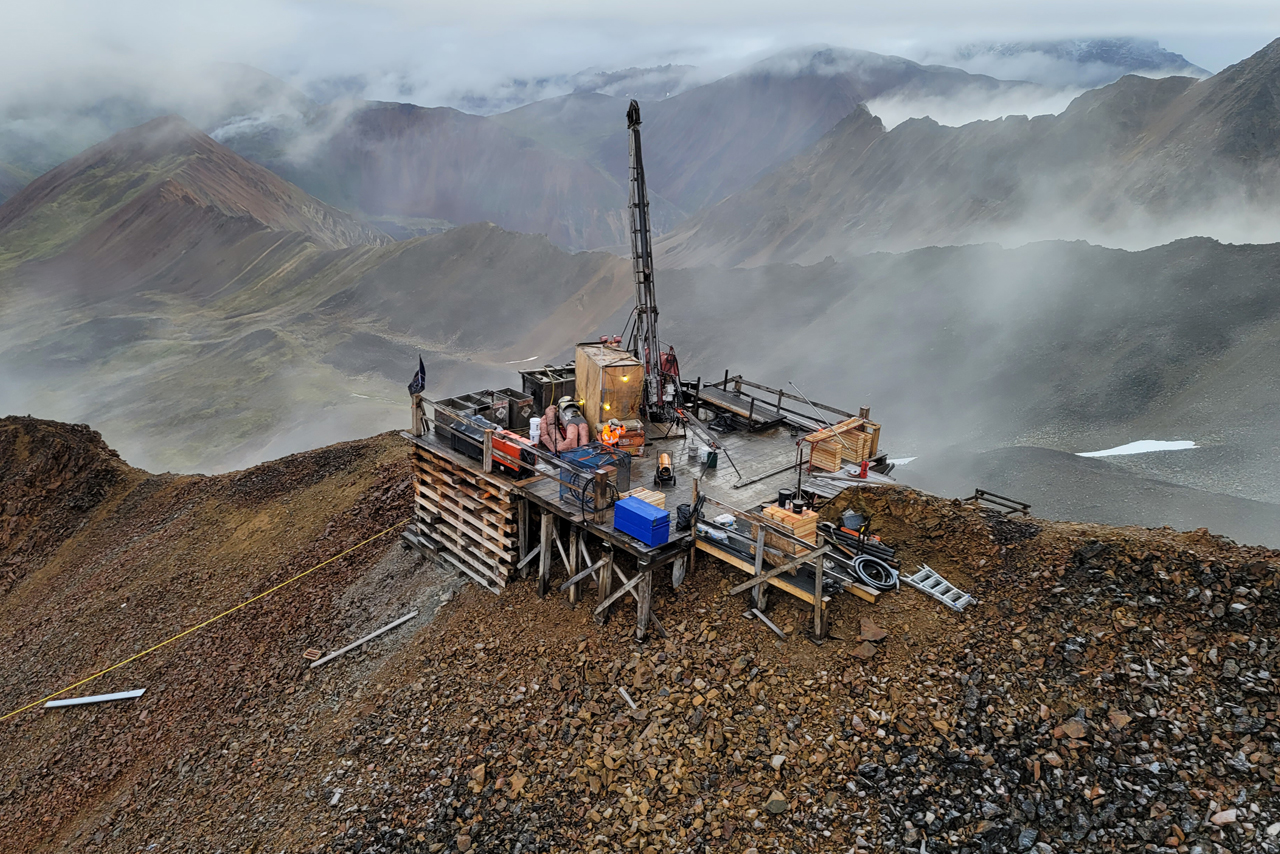Danakali will now work with Aggreko Plc (LON:AGK), its preferred power provider, to further develop solar and wind energy solutions.
“We are determined to embrace renewable energy and run our business in a way that delivers positive environmental impacts for Eritrea and the world,” executive chairman Seamus Cornelius said in the statement.
Geothermal power
Since Colluli is located in one of the world’s most geothermally-endowed rifts, the Danakil depression in the East African Rift Valley, the company said it’s also studying the use of geothermal energy.
The company’s mining licence area is particularly close the Alid geothermal field, which has been recognized by the Eritrean Ministry of Mines and Energy (MoEM) as a potential high geothermal resource.
In 1996, detailed geological and geochemical work funded by United States Agency for International Development (USAID) and conducted by United States Geological Survey (USGS) and MoEM identified a high-temperature reservoir at Alid.
Samples collected indicate a reservoir temperature of a hydrothermal-convection system likely to be in the range of 250°-300°C, which is extremely promising as a geothermal power source.
Follow-up work in 2015 demonstrated structural trends and temperature permeability that are very favourable for an electric grade geothermal resource.
Despite funding setbacks last year, Danakali says that Colluli, a 50:50 joint venture between Danakali and the Eritrean National Mining Corporation (ENAMCO), is on track for production in 2022.
In the initial phase of operations, the mine would produce more than 472,000 tonnes a year of sulphate of potash (SOP), a premium grade fertilizer.
Annual output could rise to almost 944,000 tonnes if Danakali decides to go ahead with a second phase of development, as the project has a possible 200-year plus mine-life.




